Scientific highlights
|
Phonon-enhanced nonlinearities in layered materials
Parametric optical processes in solids reveal critical information about a crystal's properties like optical susceptibility and band-structure, profoundly influencing nonlinear frequency-conversion. Published in Nature Communications, the study titled "Phonon-Enhanced Nonlinearities in Hexagonal Boron Nitride" sheds light on the optical nonlinearities induced and amplified by strong phonon resonances within hexagonal boron nitride (hBN). This research comprising both nonlinear optics experiments and TDDFT calculations presents a new frontier in understanding crystal behaviors and their impact on nonlinear frequency-conversion processes. More |
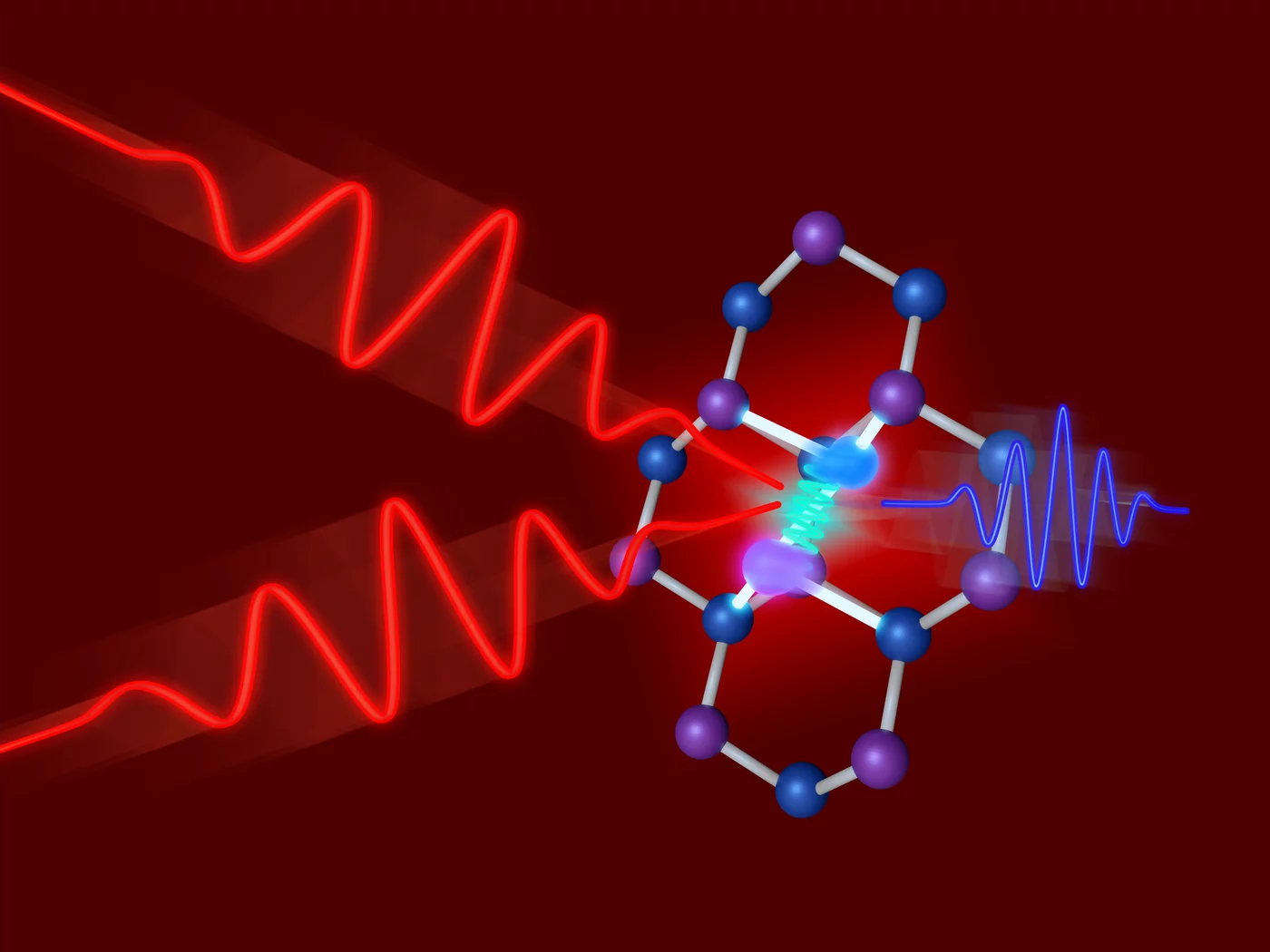 |
|
Intense lasers shine new light on the electron dynamics of liquids
An international team of researchers from the Max Planck Institute for the Structure and Dynamics of Matter (MPSD) in Hamburg and ETH Zurich has now demonstrated that it is possible to probe electron dynamics in liquids using intense laser fields and to retrieve the electron mean free path – the average distance an electron can travel before colliding with another particle. They found that the mechanism by which liquids emit a particular light spectrum known as the high-harmonic spectrum is markedly different from the one in other phases of matter like gases and solids. The team’s findings open the door to a deeper understanding of ultrafast dynamics in liquids. More |
 |
|
Absence of universal topological signatures in high harmonic generation
Topology plays an enormous role in modern condensed matter physics and beyond. It describes how solid materials can combine two very different and somewhat contradictory properties – for example, topological insulators are materials whose bulk acts as an insulator, but whose surfaces and edges can conduct electricity nonetheless. In the last few decades, the concept of topology has changed the way scientists think of electronic structure and material properties altogether. Moreover, it has paved the way towards technological applications that incorporate topological materials in electronics. More |
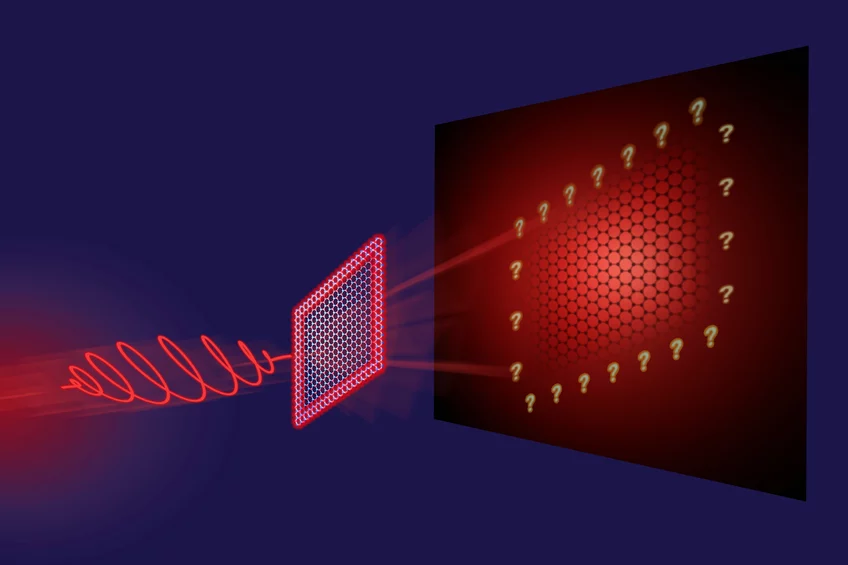 |
|
Intense lasers magnetize solids within attoseconds
Intense laser light can induce magnetism in solids on the attosecond scale – the fastest magnetic response to date. That is the finding reached by theoreticians at the MPSD, who used advanced simulations to investigate the magnetization process in several 2D and 3D materials. Their calculations show that, in structures with heavy atoms, the fast electron dynamics initiated by the laser pulses can be converted to attosecond magnetism. The work has been published in npj Computational Materials. More |
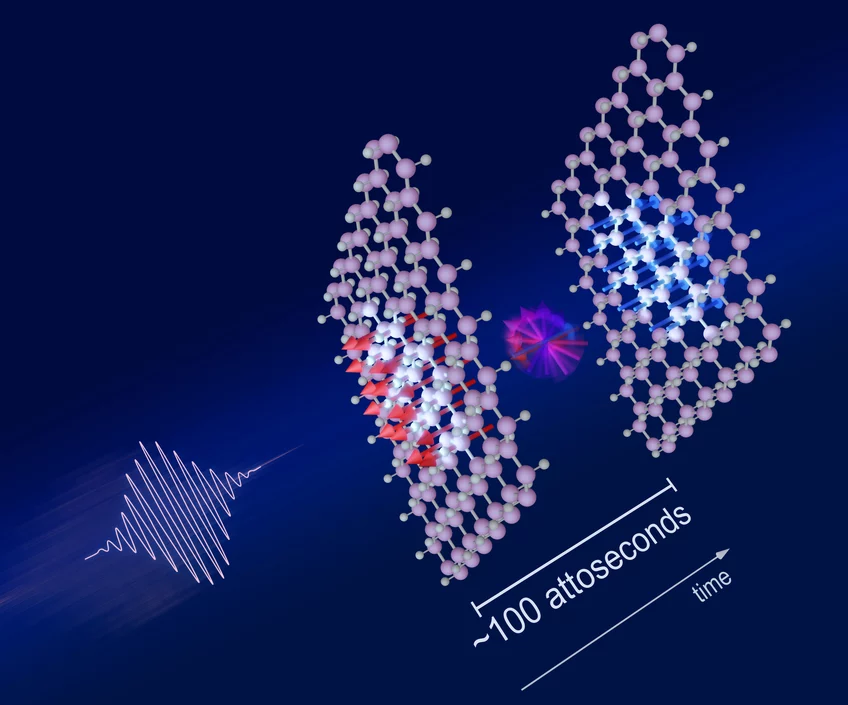 |
|
Laser loops create ultrafast electric currents in materials
Theoreticians at the MPSD predict that a unique laser source could produce highly controllable electric currents in any bulk material. The team’s work, now published in PRL, yields new insights for the development of ultrafast opto-electronic devices, for more efficient photovoltaics, and for the study of electron behavior in solids. More |
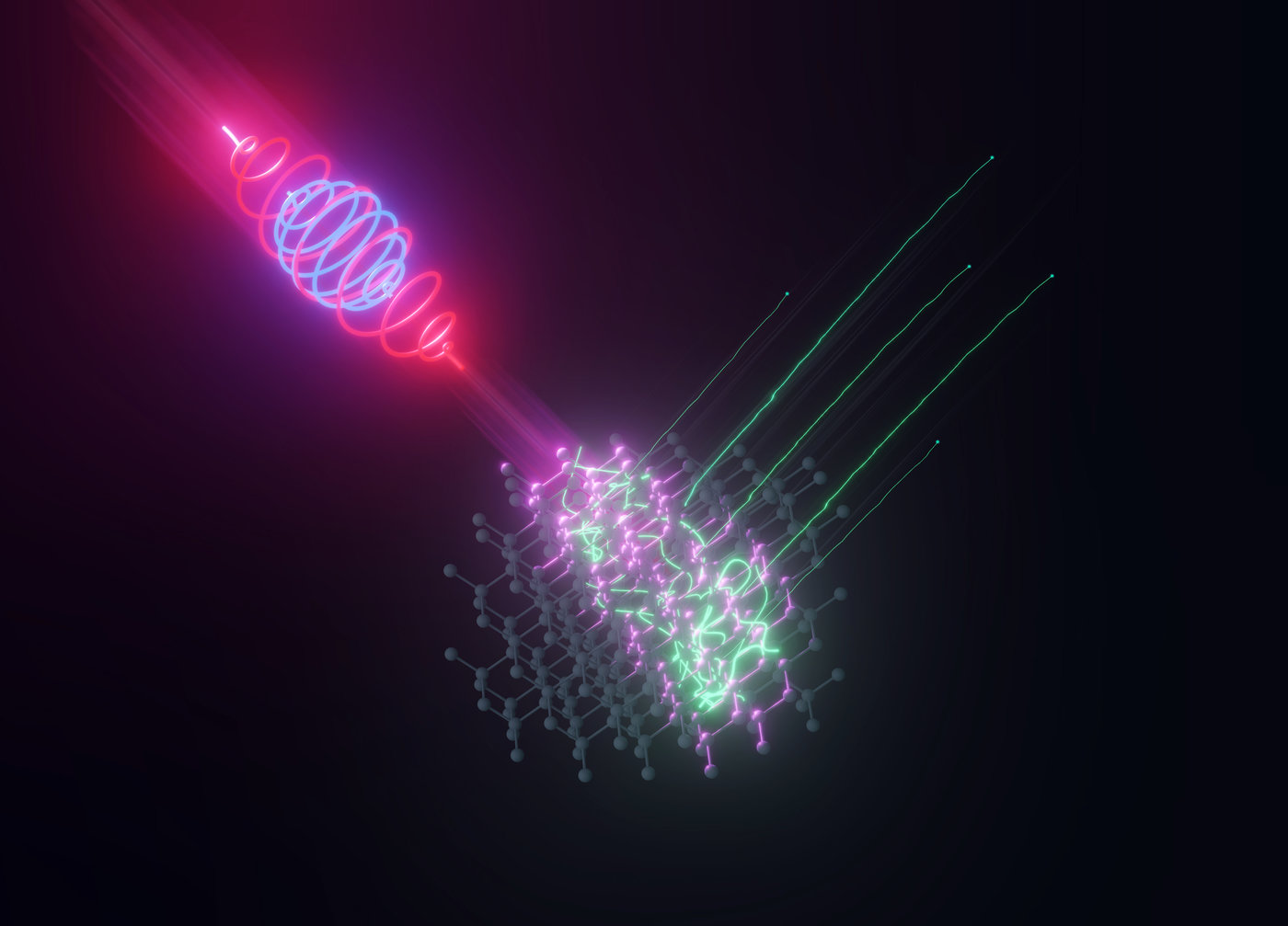 |
|
New approach to calculate electron traffic jam in transition metal dichalcogenide
Though they both consist only of H2O molecules, water and ice exhibit apparently distinct characters: The former is solid and the latter is the very indispensible liquid for all living creature. Likewise, many materials of a given constituent in nature can exhibit different phases. Diamond and graphite are good examples. Both are made up of carbon atoms, but the former is transparent and electrically insulating while the latter looks black and conducts electricity. Now researchers at the MPSD and the Ulsan National Institute of Science and Technology (UNIST) in South Korea have found that the existing method to calculate a particular insulating state produces errors and suggest a new approach instead. Their work has been published in Physical Review Letters. More |
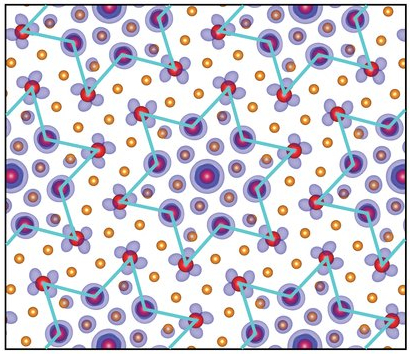 |
|
Lighting it up: Fast material manipulation by laser
Researchers from the Fritz Haber Institute in Berlin and the MPSD have found out that ultrafast switches in material properties can be prompted by laser pulses – and why this process occurs. Their work may lead to new transistor concepts. More |
 |
|
Twistoptics: A new way to control optical nonlinearity
Researchers at Columbia University, the MPSD and the National Institute for Materials Science in Japan have managed to engineer the first technique to exploit the tunable symmetry of 2D materials for nonlinear optical applications, including laser, optical spectroscopy, imaging, and metrology systems, as well as next-generation optical quantum information processing and computing. More |
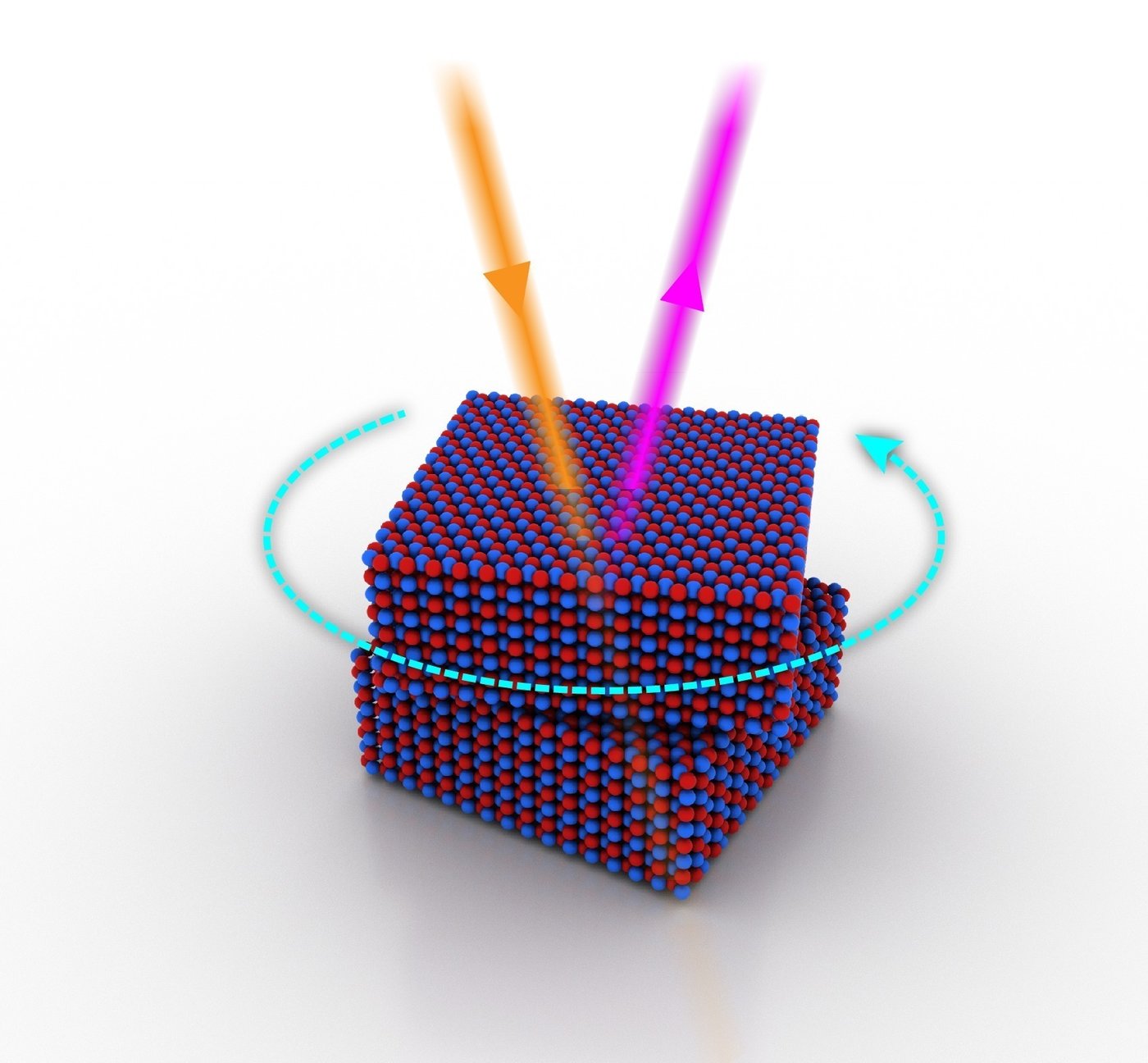 |
|
A step towards controlling spin-dependent petahertz electronics by material defects
The operational speed of semiconductors in various electronic and optoelectronic devices is limited to several gigahertz (a billion oscillations per second). This constrains the upper limit of the operational speed of computing. Now researchers from the MPSD and the Indian Institute of Technology in Bombay have explained how these processes can be sped up through the use of light waves and defected solid materials. More |
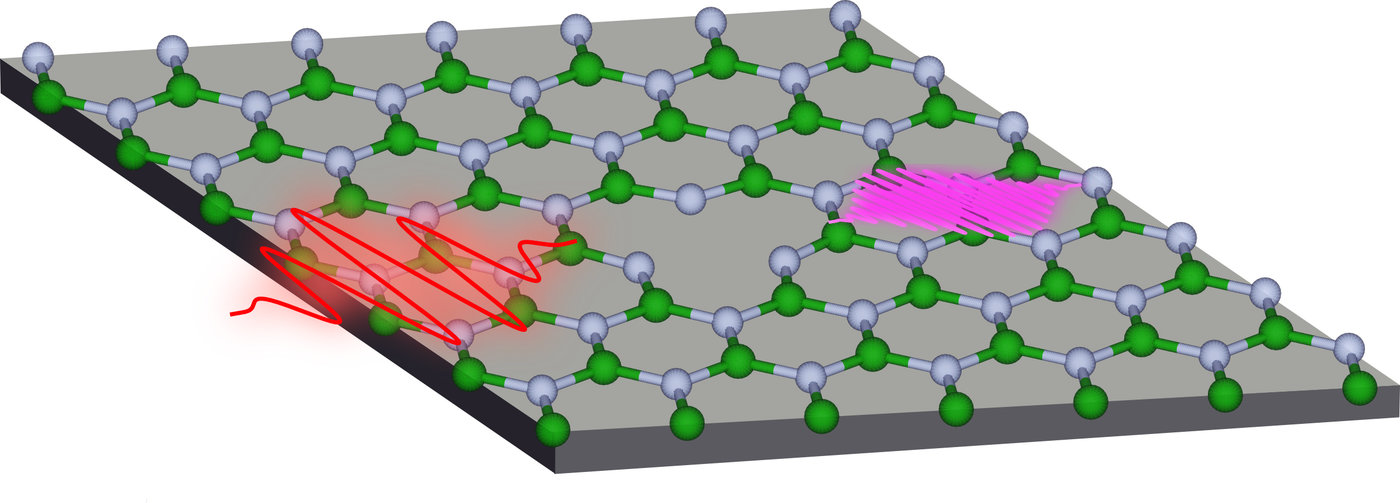 |
|
The taming of the light screw
Scientists from DESY, the MPSD, the University of Hamburg and the CUI Cluster of Excellence create high-order harmonics from solids with controlled polarization states, taking advantage of both crystal symmetry and attosecond electronic dynamics. The newly demonstrated technique might find intriguing applications in petahertz electronics and for spectroscopic studies of novel quantum materials. More |
 |
|
Shedding light on Weyl fermions
Researchers from the Theory Department of the MPSD in Hamburg and North Carolina State University in the US have demonstrated that the long-sought magnetic Weyl semi-metallic state can be induced by ultrafast laser pulses in a three-dimensional class of magnetic materials dubbed pyrochlore iridates. Their results, which have been published in Nature Communications, could enable high-speed magneto-optical topological switching devices for next-generation electronics. More |
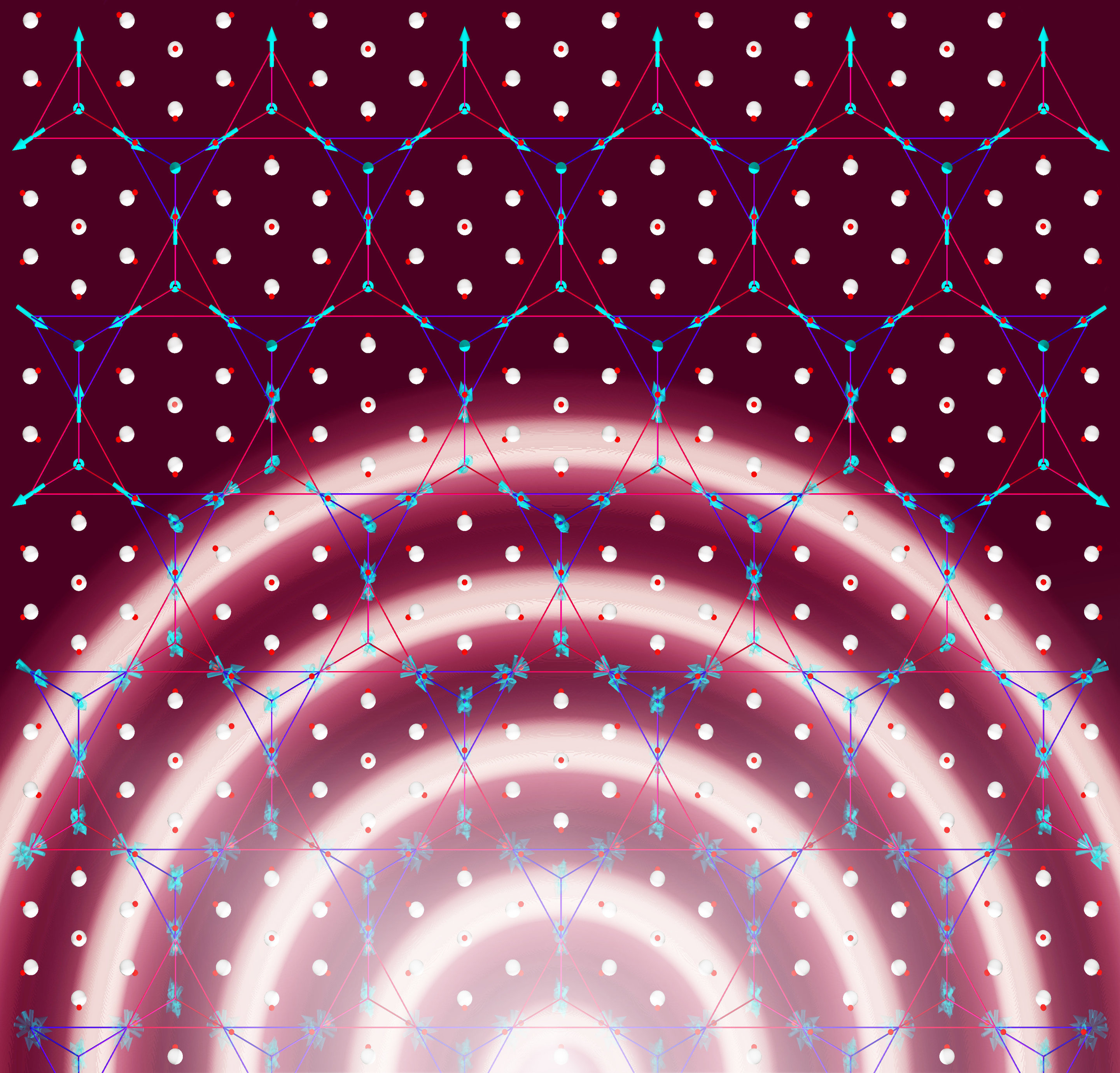 |
|
High-energy photons from 2D materials
Scientists at the Max Planck Institute for Structure and Dynamics of Matter (MPSD) in Hamburg have demonstrated that two-dimensional materials can generate high-order harmonics with the same mechanism as atoms and molecules. This makes two-dimensional materials an attractive alternative to atoms and molecules for the generation of high-energy photons and ultrashort light pulses. Their work has been published in Science Advances. More |
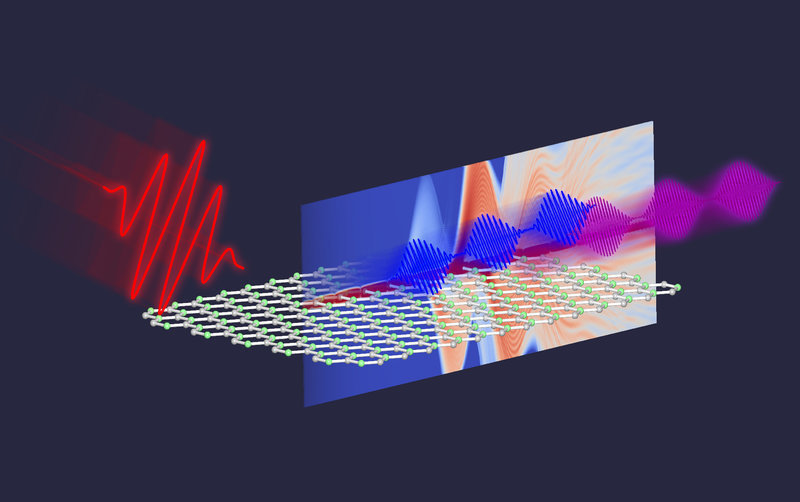 |
|
A new knob to control and create higher harmonics in solids
A research team from the MPSD, DESY, CUI and Hamburg University has demonstrated the possibility of using a new knob to control and optimize the generation of high-order harmonics in bulk materials, one of the most important physical processes for generating high-energy photons and for the ultrafast manipulation of information. More |
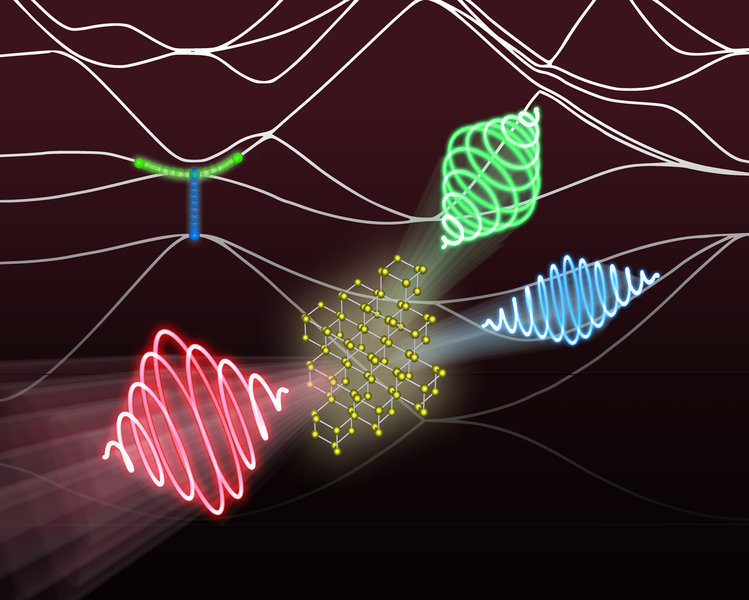 |
